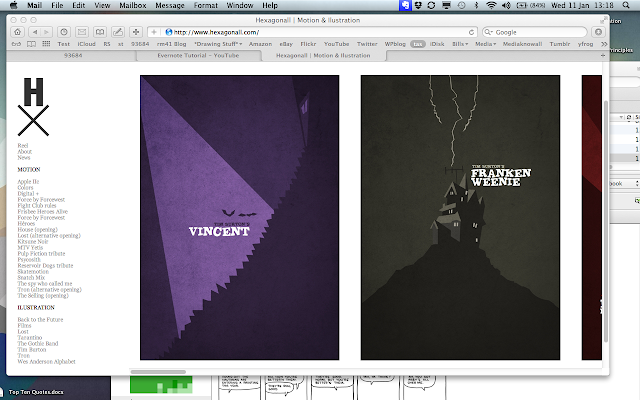Notes for Unit 3 personal study
Just in case it has slipped your mind... don't forget that you will have had to do plenty of initial research and note-taking prior to formulating your thoughts for this personal study. You must NOT start before you have immersed yourself in the artists work, investigated (read about) key works and understood the contextual standpoint the artist os operating from.
Always keep in mind that use of 'critical vocabulary' will get you into the top marks. My case study help book is brimming with vocabulary for this purpose.
Keep a note of your sources. These must be evidenced in your bibliography.
2500 works will be enough.
Mail me sections as you go along in order for me to check your progress.
A possible plan…
Introduction into what you are going to be doing during this unit.
Why have you chosen this? What have you done previously that interested you and got you started?
Talk about both the research you hope to do.
Who is the main artist / designer / movement that has influenced your work?
What are the key components that differentiate their work from others?
Context - where do they sit in the bigger scheme?
Why are they doing the work that they do?
What contextual matters have shaped this? Include some relevant biographical info.
What are the recurring themes that you come to expect from the artist?
Talk about a typical piece in detail. Use the case study questions to inform your analysis.
Include some relevant biographical info.
Crop and show some details to illustrate your point.
Search out some relevant quotes to back up your points.
Now discuss another key work. Compare and contrast with the previous work.
Now talk about a third, again compare and contrast.
What are the similarities and differences between the peices? What are the continuing themes?
Introduce your work. What is it that made you choose this artist in the first place?
GIve an example of where you have been influenced by the artists... could be process / subject matter / technique
Discuss a fourth piece of interest. Deconstruct and analyse as you have for the previous pieces.
Introduce a similar artist that is linked in some way. (This could be similar themes, subject matter, techniques etc)
This artist could possibly be a contemporary of the artist.
Include some relevant biographical info.
What are the key components that differentiate their work from others?
Context - where do they sit in the bigger scheme?
Why are they doing the work that they do? What contextual matters have shaped this?
Talk about a typical piece in detail. Crop some details to illustrate your point.
What similarities and differences are there to the other peices that you have chosen?
Search out some relevant quotes to back up your points.
Now discuss another key work. Compare and contrast with the previous work again compare and contrast. What are the similarities and differences between the pieces? What are the continuing themes?
Introduce another artist that is either continuing the tradition or conversely, at the inception of this lineage.
Now go back through your writing and see where you can add sentences littered with 'critical vocabulary'.
Context - the circumstances that form the setting for an event, statement, or idea, and in terms of which it can be fully understood and assessed:
Lineage - lineal descent from an ancestor. Basically who came before them. that influenced them.
Critical - expressing or involving an analysis of the merits and faults of a work of literature, music, or art
Vocabulary - the body of words used in a particular language.
Bibliography - a list of the books referred to in a scholarly work, usually printed as an appendix. This must include the author, title, publisher and date of publication.


